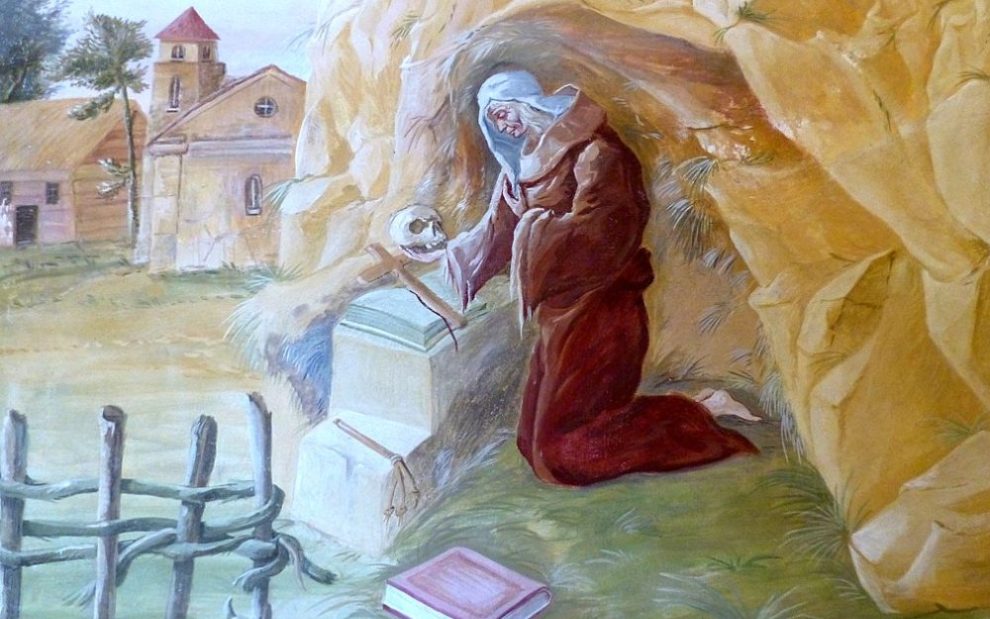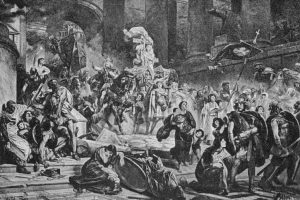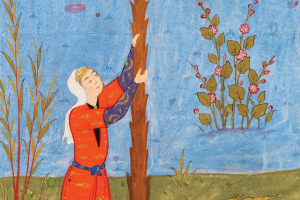Hermits are rarely in the news. Not only are there relatively few people who seek to become hermits, but those who do embrace a solitary existence of prayer and quiet. This longstanding trend was recently disrupted when Christian Matson, a diocesan hermit in Kentucky, came out as transgender. This created a stir but also raised the question: What is a hermit anyway?
Around the fourth century as the followers of Jesus began to gain acceptance, figures like Anthony of Egypt set a model for Christians who, sensing a deeply countercultural message in the gospels, sought a life of union with God, away from the distractions of the world. This separation gradually took two forms: the “cenobitic” way of life, where people live in community (think monastic communities and famous founders like St. Basil and St. Benedict); and the “eremitic” way of life, where a person lives alone as a hermit.
Popular culture is filled with stories of people seeking the guidance of a wise old hermit in a distant cave or atop a mountain. This is only a slight romanticization. Like Jesus who fasted and prayed in the desert but who was also tempted by the devil, early hermits sought the desert as a place to overcome selfishness and worldliness—obstacles to unity with God.
To keep a novice hermit grounded in their faith and away from extreme asceticism and rigidity, the church developed essential guidelines. First, the hermit must follow an approved rule. Devout and experienced figures like St. Benedict wrote rules which provide foundational guidance for monks, nuns, hermits, and anchorites on how to maintain a healthy, structured way of life, rooted in the gospel. For hermits, this involves poverty, chastity, obedience, and a commitment to prayer and penance. Since being a hermit holds an official status within the church (stipulated in the Code of Canon Law 603), the hermit must profess these vows publicly under obedience with a diocesan bishop or a religious order that makes provisions for the eremitic life. The hermit should also have the guidance of a spiritual director.
In the case of St. Anthony, many people wanted to live near him to seek his counsel. This became an important model for the eremitical life: to be accountable to a wise spiritual guide who can help temper extremes and provide direction.
Hermits live out their commitment to the social implications of the gospel by praying for the world. Hermits also listen and share with those who seek their spiritual counsel. For instance, Trappist monk Thomas Merton was given permission by his abbot to live out his religious vocation as a hermit. Through his writing, he tried to speak to the social dimension of the gospel as it applied to the world of his day.
This article also appears in the February 2025 issue of U.S. Catholic (Vol. 90, No. 2, page 49). Click here to subscribe to the magazine.
Image: Wikimedia Commons













Add comment